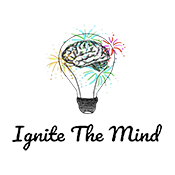-

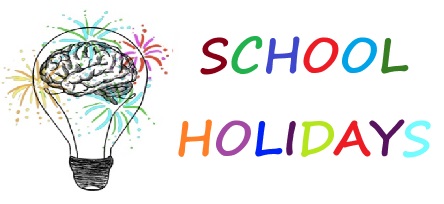 School Holidays at Ignite The Mind is a great way to keep your kids learning! We do educational enrichment all day in a structured, age-appropriate and fun way to help kids feel confident and excited about what they are learning. We offer creative projects in the arts, such as painting, drawing, ceramics and other crafts and games to improve thinking, timing and athletic skills. The day will be full of fun ways to get caught up in these skills and accelerate skills beyond current grade levels, as well as have some fun with the arts. There will also be time allotted to get all homework completed with the support of licensed teachers so that all students can have a worry-free weekend! Bring a water bottle, snack and lunch.
School Holidays at Ignite The Mind is a great way to keep your kids learning! We do educational enrichment all day in a structured, age-appropriate and fun way to help kids feel confident and excited about what they are learning. We offer creative projects in the arts, such as painting, drawing, ceramics and other crafts and games to improve thinking, timing and athletic skills. The day will be full of fun ways to get caught up in these skills and accelerate skills beyond current grade levels, as well as have some fun with the arts. There will also be time allotted to get all homework completed with the support of licensed teachers so that all students can have a worry-free weekend! Bring a water bottle, snack and lunch. -
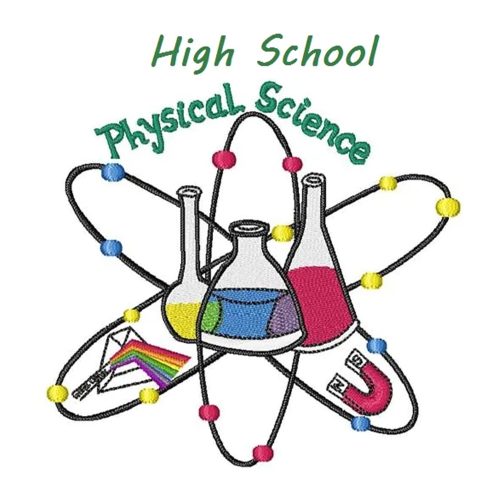 This class is for any high school student who wants to learn chemistry and physics from a licensed secondary education teacher who knows all of the cool things these subjects offer, as well as how to teach them to make them really fun and engaging. We can even apply grades to the student's work to report on transcripts if that is requested. If you are signing up 2 or more children from the same household, please use code MK10 (multiple kids) for a 10% discount! If the cost of this class is a barrier, scholarship funds are available for low-income families. Please contact us for details. Students will choose a particular phenomenon of interest which covers a great deal of the requirements of the Colorado Academic Standards and the Next Generation Science Standards. High school Physical Science covers both Chemistry and Physics.
This class is for any high school student who wants to learn chemistry and physics from a licensed secondary education teacher who knows all of the cool things these subjects offer, as well as how to teach them to make them really fun and engaging. We can even apply grades to the student's work to report on transcripts if that is requested. If you are signing up 2 or more children from the same household, please use code MK10 (multiple kids) for a 10% discount! If the cost of this class is a barrier, scholarship funds are available for low-income families. Please contact us for details. Students will choose a particular phenomenon of interest which covers a great deal of the requirements of the Colorado Academic Standards and the Next Generation Science Standards. High school Physical Science covers both Chemistry and Physics.- Newton’s laws of motion and gravitation describe the relationships among forces acting on and between objects, their masses, and changes in their motion – but have limitations.
- Matter has definite structure that determines characteristic physical and chemical properties
- Matter can change form through chemical or nuclear reactions abiding by the laws of conservation of mass and energy
- Atoms bond in different ways to form molecules and compounds that have definite properties
- Energy exists in many forms such as mechanical, chemical, electrical, radiant, thermal, and nuclear, that can be quantified and experimentally determined
- When energy changes form, it is neither created not destroyed; however, because some is necessarily lost as heat, the amount of energy available to do work decreases
We do have some grant money available for low-income families to use to supplement up to 80% of their tutoring costs, pending availability and proof of need.
-
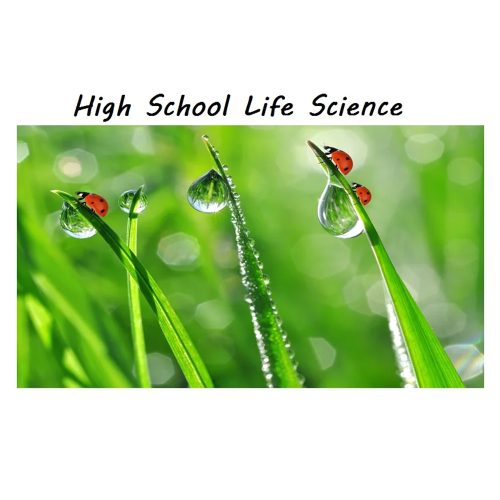 This class is for any high school student who wants to learn biology from a licensed secondary education teacher who knows all of the cool things these subjects offer, as well as how to teach them to make them really fun and engaging. We can even apply grades to the student's work to report on transcripts if that is requested. Students will choose a particular phenomenon of interest which covers a great deal of the requirements of the Colorado Academic Standards and the Next Generation Science Standards. High school Life Science covers Biology.
This class is for any high school student who wants to learn biology from a licensed secondary education teacher who knows all of the cool things these subjects offer, as well as how to teach them to make them really fun and engaging. We can even apply grades to the student's work to report on transcripts if that is requested. Students will choose a particular phenomenon of interest which covers a great deal of the requirements of the Colorado Academic Standards and the Next Generation Science Standards. High school Life Science covers Biology.- Matter tends to be cycled within an ecosystem, while energy is transformed and eventually exits an ecosystem
- The size and persistence of populations depend on their interactions with each other and on the abiotic factors in an ecosystem
- Cellular metabolic activities are carried out by biomolecules produced by organisms
- The energy for life primarily derives from the interrelated processes of photosynthesis and cellular respiration. Photosynthesis transforms the sun’s light energy into the chemical energy of molecular bonds. Cellular respiration allows cells to utilize chemical energy when these bonds are broken.
- Cells use the passive and active transport of substances across membranes to maintain relatively stable intracellular environments
- Cells, tissues, organs, and organ systems maintain relatively stable internal environments, even in the face of changing external environments
- Physical and behavioral characteristics of an organism are influenced to varying degrees by heritable genes, many of which encode instructions for the production of proteins
- Multicellularity makes possible a division of labor at the cellular level through the expression of select genes, but not the entire genome
- Evolution occurs as the heritable characteristics of populations change across generations and can lead populations to become better adapted to their environment
We do have some grant money available for low-income families to use to supplement up to 80% of their tutoring costs, pending availability and proof of need.
-
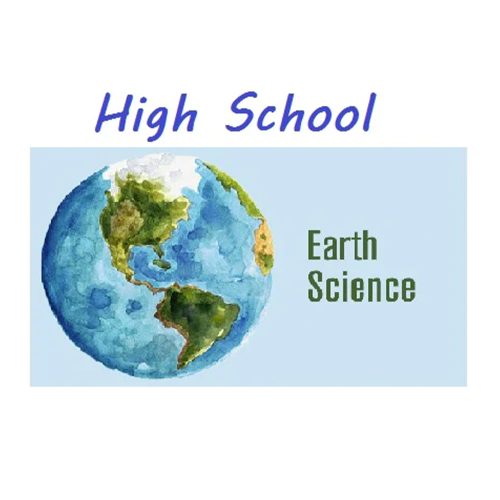 This class is for any high school student who wants to learn Earth Science (geology, astronomy, natural hazards) from a licensed secondary education teacher who knows all of the cool things these subjects offer, as well as how to teach them to make them really fun and engaging. We can even apply grades to the student's work to report on transcripts if that is requested. Students will choose a particular phenomenon of interest which covers a great deal of the requirements of the Colorado Academic Standards and the Next Generation Science Standards. High school Earth science covers the processes and interactions of Earth's systems and the structure and dynamics of Earth and other objects in space. This includes:
This class is for any high school student who wants to learn Earth Science (geology, astronomy, natural hazards) from a licensed secondary education teacher who knows all of the cool things these subjects offer, as well as how to teach them to make them really fun and engaging. We can even apply grades to the student's work to report on transcripts if that is requested. Students will choose a particular phenomenon of interest which covers a great deal of the requirements of the Colorado Academic Standards and the Next Generation Science Standards. High school Earth science covers the processes and interactions of Earth's systems and the structure and dynamics of Earth and other objects in space. This includes:- The history of the universe, solar system and Earth. As part of the solar system, Earth interacts with various extraterrestrial forces and energies such as gravity, solar phenomena, electromagnetic radiation, and impact events that influence the planet’s geosphere, atmosphere, and biosphere in a variety of ways.
- The theory of plate tectonics helps to explain geological, physical, and geographical features of Earth.
- Climate is the result of energy transfer among interactions of the atmosphere, hydrosphere, geosphere, and biosphere.
- There are costs, benefits, and consequences of exploration, development, and consumption of renewable and nonrenewable resources.
- The interaction of Earth's surface with water, air, gravity, and biological activity causes physical and chemical changes
- Natural hazards have local, national and global impacts such as volcanoes, earthquakes, tsunamis, hurricanes, and thunderstorms.
-
 This class is for any middle school student who wants to learn physics, life or Earth sciences from a licensed secondary education teacher who knows all of the cool things these subjects offer, as well as how to teach them to make them really fun and engaging. We can even apply grades to the student's work to report on transcripts if that is requested. For the middle school standards, we'll choose one topic from each of the three sciences, or pick one of these sciences and dive deeply into its specifics. We will use or develop a phenomenon-based study using student questions to drive our investigations. Physical Science: Matter, atoms, density, waves (sound, electromagnetic, seismic) Life Science: Environments, habitats, populations, survival, ecosystems, human activities which are impacting these ecosystems, genes and traits Earth Systems Science: Volcanoes, weather, solar system, seasons, Moon phases
This class is for any middle school student who wants to learn physics, life or Earth sciences from a licensed secondary education teacher who knows all of the cool things these subjects offer, as well as how to teach them to make them really fun and engaging. We can even apply grades to the student's work to report on transcripts if that is requested. For the middle school standards, we'll choose one topic from each of the three sciences, or pick one of these sciences and dive deeply into its specifics. We will use or develop a phenomenon-based study using student questions to drive our investigations. Physical Science: Matter, atoms, density, waves (sound, electromagnetic, seismic) Life Science: Environments, habitats, populations, survival, ecosystems, human activities which are impacting these ecosystems, genes and traits Earth Systems Science: Volcanoes, weather, solar system, seasons, Moon phases -
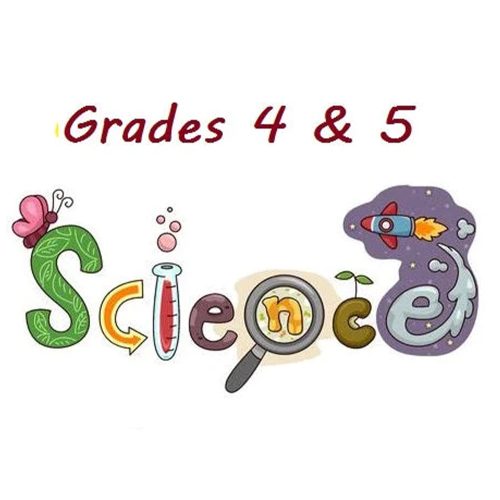 This class is for any student generally in grades 4 and 5 who wants to learn physical, life or Earth sciences from a licensed secondary education teacher who knows all of the cool things these subjects offer, as well as how to teach them to make them really fun and engaging. We can even apply grades to the student's work to report on transcripts if that is requested. Students will choose a particular phenomenon of interest which covers a great deal of the requirements of the Colorado Academic Standards and the Next Generation Science Standards.
This class is for any student generally in grades 4 and 5 who wants to learn physical, life or Earth sciences from a licensed secondary education teacher who knows all of the cool things these subjects offer, as well as how to teach them to make them really fun and engaging. We can even apply grades to the student's work to report on transcripts if that is requested. Students will choose a particular phenomenon of interest which covers a great deal of the requirements of the Colorado Academic Standards and the Next Generation Science Standards.- We'll start with Physical Science, where Energy comes in many forms such as light, heat, sound, magnetic, chemical, and electrical Earth is part of the solar system, which includes the Sun, Moon, and other bodies that orbit the Sun in predictable patterns that lead to observable paths of objects in the sky as seen from Earth
- Then, we'll explore Life Science where all living things share similar characteristics, but they also have differences that can be described and classified. We'll also compare fossils to each other or to living organisms, which reveals features of prehistoric environments and provides information about organisms today.
- Lastly, we'll look at Earth Systems where Earth is part of the solar system, which includes the Sun, Moon, and other bodies that orbit the Sun in predictable patterns that lead to observable paths of objects in the sky as seen from Earth.
-
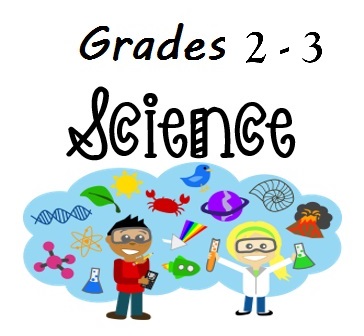 This class is for any student generally in grades 2 and 3 who wants to learn physical, life or Earth sciences from a licensed teacher who knows all of the cool things these subjects offer, as well as how to teach them to make them really fun and engaging. We will ensure that all student learn, practice and use CAS (Colorado Academic Standards) in science and math. Students will choose a particular phenomenon of interest which covers a great deal of the requirements of the Colorado Academic Standards and the Next Generation Science Standards.
This class is for any student generally in grades 2 and 3 who wants to learn physical, life or Earth sciences from a licensed teacher who knows all of the cool things these subjects offer, as well as how to teach them to make them really fun and engaging. We will ensure that all student learn, practice and use CAS (Colorado Academic Standards) in science and math. Students will choose a particular phenomenon of interest which covers a great deal of the requirements of the Colorado Academic Standards and the Next Generation Science Standards.- We'll start with Physical Science, discovering the unique properties of solids and liquids, and understand common properties, forms, and changes in matter and energy.
- Then, we'll explore Life Science how offspring of different animals have characteristics that are similar to but not exactly like their parents’ characteristics and how an organism is a living thing that has physical characteristics to help it survive
- Lastly, we'll look at Earth Systems and how Earth’s materials can be compared and classified based on their properties, as well as discover the processes and interactions of Earth's systems and the structure and dynamics of Earth and other objects in space
-
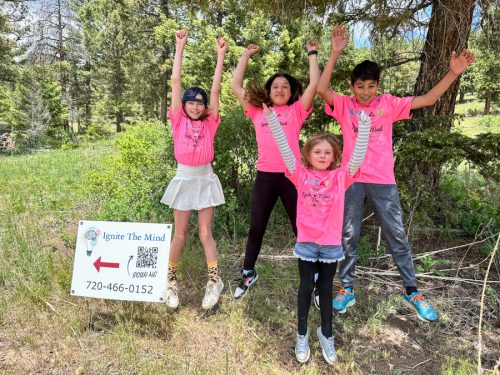
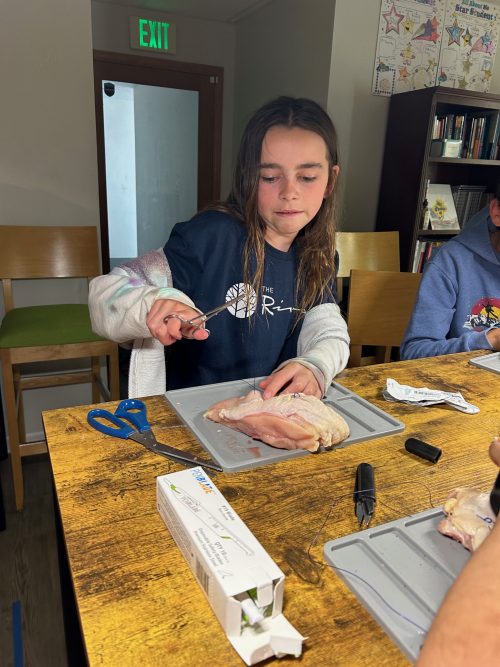 Veterinary medicine is an incredibly popular science for young people. It is also pretty challenging, as the patients veterinarians treat cannot tell them what hurts or how they feel. In this camp, students will learn about hematology (study of blood), parasitology (common skin, fecal and blood parasites) and microbiology (microscopic organisms which cause diseases). They will do case studies on small and large animal diagnosis of diseases based on symptoms and winners of the case-study contests will win prizes. They will also practice dissection, identifying muscle tissue, veins, arteries, bones and skin. Lastly, they will practice suturing techniques. Their drawings and case studies will be added to their notebook to use as a reference for their future studies.
Veterinary medicine is an incredibly popular science for young people. It is also pretty challenging, as the patients veterinarians treat cannot tell them what hurts or how they feel. In this camp, students will learn about hematology (study of blood), parasitology (common skin, fecal and blood parasites) and microbiology (microscopic organisms which cause diseases). They will do case studies on small and large animal diagnosis of diseases based on symptoms and winners of the case-study contests will win prizes. They will also practice dissection, identifying muscle tissue, veins, arteries, bones and skin. Lastly, they will practice suturing techniques. Their drawings and case studies will be added to their notebook to use as a reference for their future studies. -
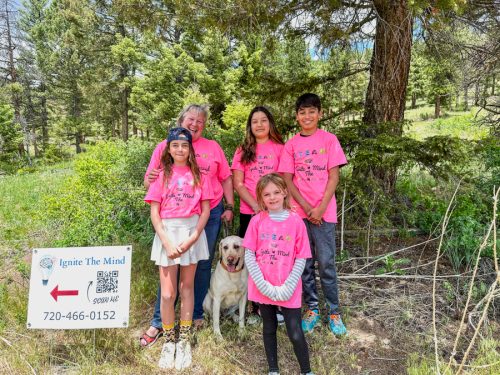
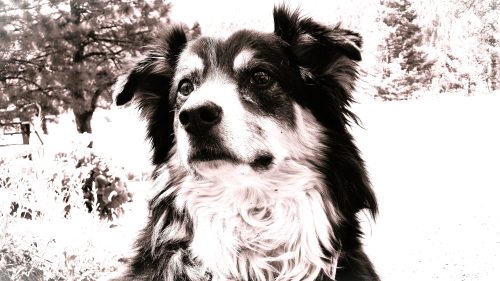 Photography is a way to capture a memory, a moment in time forever frozen. In this camp, students will learn how to enhance the beauty of a moment, draw the eye to a specific point, adjust the way the camera captures light, focus on an object, and how to edit photos to change the story the photo tells. We will work with a whole array of styles such as portrait, landscape, cityscape, architecture, and object focus. Along with that we will learn to see the world from a different view to find the beauty in the ordinary world.
Photography is a way to capture a memory, a moment in time forever frozen. In this camp, students will learn how to enhance the beauty of a moment, draw the eye to a specific point, adjust the way the camera captures light, focus on an object, and how to edit photos to change the story the photo tells. We will work with a whole array of styles such as portrait, landscape, cityscape, architecture, and object focus. Along with that we will learn to see the world from a different view to find the beauty in the ordinary world. -
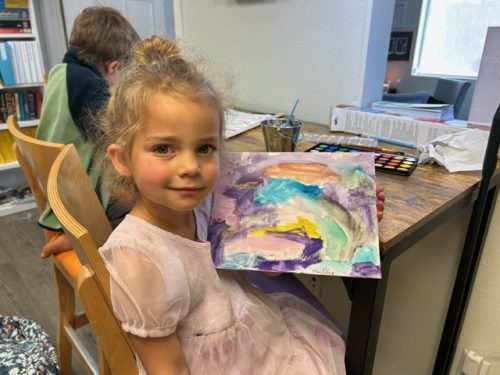
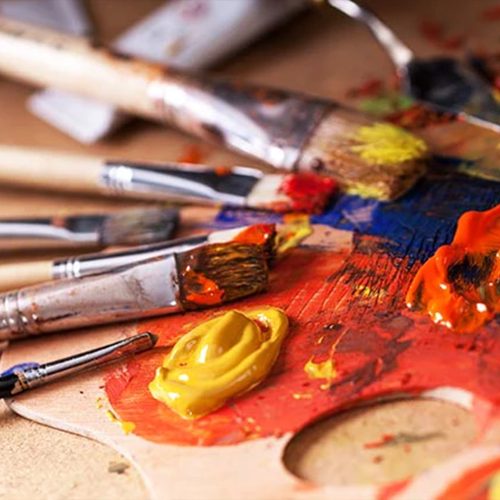 In this class we will learn different techniques of painting and drawing. We will learn what types of paint to use to create different pieces as well as what levels of graphite to use to achieve various styles of drawings. We will work with recreating objects realistically and abstractly using color theory. Students will be able to work alone or with another student to expand their knowledge and skills.
In this class we will learn different techniques of painting and drawing. We will learn what types of paint to use to create different pieces as well as what levels of graphite to use to achieve various styles of drawings. We will work with recreating objects realistically and abstractly using color theory. Students will be able to work alone or with another student to expand their knowledge and skills. -
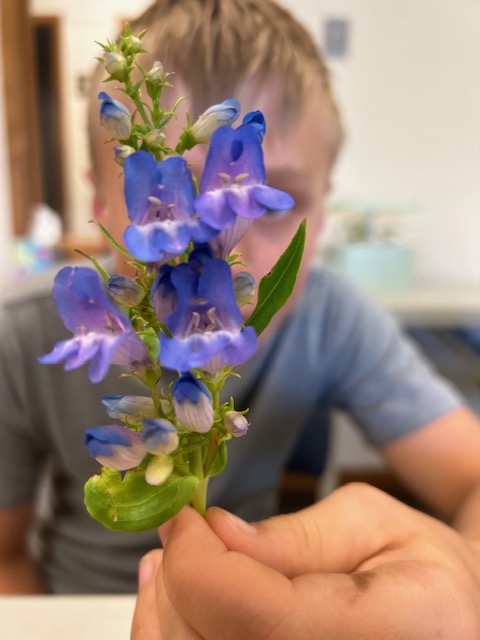
 Plants are the foundation of our survival, as a food source for us and for the animals we can eat, and as medicines to reduce pain, calm nerves, reduce inflammation, soothe a sunburn, and many more. Some plants can also cause severe health issues to humans and our pets. Students will build a medicinal plant book, include pictures or pressed specimens, identify their common and scientific names as well as their uses to heal or harm. At the end of the week, they get to keep their book, and hopefully add to it.
Plants are the foundation of our survival, as a food source for us and for the animals we can eat, and as medicines to reduce pain, calm nerves, reduce inflammation, soothe a sunburn, and many more. Some plants can also cause severe health issues to humans and our pets. Students will build a medicinal plant book, include pictures or pressed specimens, identify their common and scientific names as well as their uses to heal or harm. At the end of the week, they get to keep their book, and hopefully add to it. -

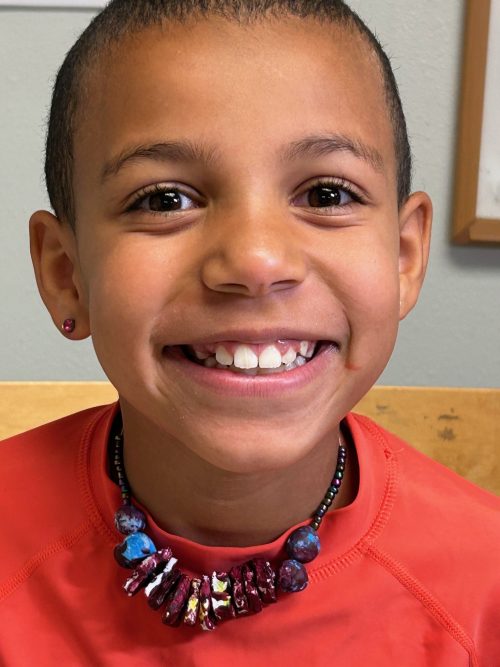 Jewelry Making: We will choose two kinds of jewelry to make, based on student choice (metal/wire, bead, macrame, leather, natural fibers, stone, glass, clay). Students will design their own creation and learn techniques for making their design). By the end of the week, students will have either something to wear or something to gift of their own creation.
Jewelry Making: We will choose two kinds of jewelry to make, based on student choice (metal/wire, bead, macrame, leather, natural fibers, stone, glass, clay). Students will design their own creation and learn techniques for making their design). By the end of the week, students will have either something to wear or something to gift of their own creation.
